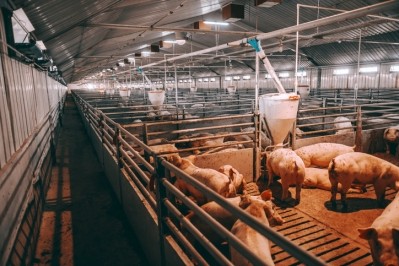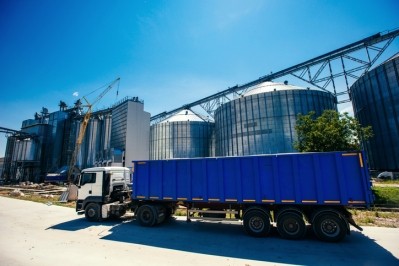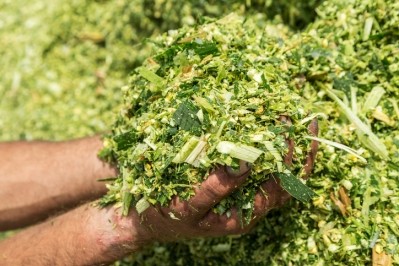Reports from IPPE
AB Vista: NIR tools can reduce losses linked to feed ingredient variability

The company works with near infrared (NIR) technology as way to help customers format their feeds more precisely and avoid wasting essential nutrients, said Glison Gomes, global technical manager, AB Vista.
We caught up with him at the International Processing and Packaging Expo (IPPE) in Atlanta to hear more about how the technology can be used for precision feeding, and what new uses may be in available in the future.
AB Vista: "Currently used for basic raw material and feed quality control, new advances in NIR software and hardware are set to deliver commercially viable systems capable of in-line and real-time monitoring of feedstuff and feed nutrient content and physical characteristics. Losses associated with feed ingredient variability can be reduced, feed formulations can be amended and the quality of completed diets continuously monitored."
“This [NIR analysis] service allows the customer to better understand the key ingredient that is the cereal, and therefore utilize it wisely,” he said. “We don’t want our customers to have to put in an extra safety margin, we want them to be precise [and] to have better profitability.”
NIR analysis can be used to screen amino acids now, he said.
“In the past it was not possible to analyze amino acids, and then with better technology, better computational software we’re able to measure tiny things in the feed or in the feedstuffs,” he added.
“In the beginning everyone was skeptical about NIR; it is only recently that everyone has been keener to use and understand it,” he said. “Also computational technology has evolved a lot – you are now able to carry out data transformation to increase the precision of this technique.”
Energy capture
One goal of using NIR tools in feed formulation is to ensure that nutritional elements in a feed are not wasted, said Gomes. For example, if a producer knew that two loads of corn being used to make a feed offered different energy levels, they could select the one required for optimal animal performance, he said.
The energy value of different cereals can vary by 360 kcal/kg, said AB Vista, while phytate levels vary not just between feedstuffs but also within a single raw material.
The technology also allows producers to evaluate feed ingredients coming from different locations, said Gomes. It also allows them to both specify and verify that feed ingredients contain certain elements.
“We have a big database of raw materials coming from different countries and for instance some companies import corn from the US, from Argentina, and from Brazil and then you can see the differences,” he said. “I can pay a little bit more for supplier a, b or c because the quality of their feedstuff is a little bit better, or there is more protein or more energy.”
Mixed feed analysis
One recent advancement in NIR technology has been to allow for the analysis of mixed feeds rather than single feed ingredients, said Gomes. However, it is still a common misconception that ingredients have to be examined individually.
“There is still misunderstanding about NIR,” he said. “The technology picks up the vibration of molecules, so organic molecules vibrate and this happens regardless of if they are alone or if they are in a mixture. So in reality, if you have a very good database and a very good calibration, you will be able to pick up differences or vibrations even in complete feed.”
Although NIR technology to track potential anti-nutrients, such as mycotoxins, is not available yet, that is being explored, said Gomes.
Eventually the ability to analyze the nutritional elements or qualities of a feed ingredient could allow feed mills the chance to channel ingredients by grade, said Gomes. But facilities would likely need to significantly increase the number of silos or storage options to make use of that process, he added.
He said improved computer processing speeds would enable feed mill mixing systems to both evaluate feed ingredients as they are brought into a facility and to modify feed formulations as needed: “We don’t have fast enough computers and systems to make all of this happen, but people are using these technologies in milk [analysis] – so you have this sort of inline stuff going on with more simple models and that I do believe this will happen soon in the feed industry.”















